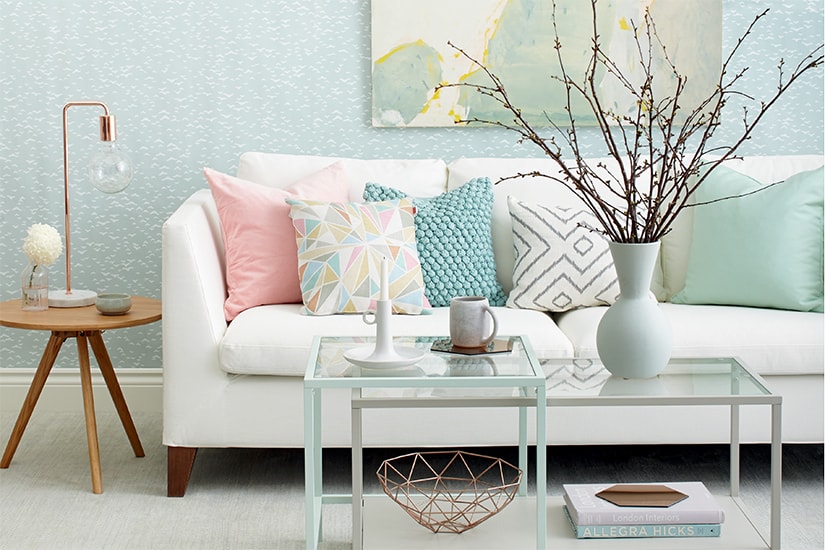Colour
Colour confidence

Colour
Colour confidence
When decorating your home, a little bit of advice can go a long way. Here is some practical advice for making confident colour choices. A little know-how can make all the difference!
1. Take time to get used to vivid colours. If you make a big paint colour change, expect to be in shock for a few days - that's a natural part of the process. Often the colours my clients love most are the ones they find most surprising.
2. Don't be afraid to paint one wall or even a section of a wall. Colour doesn't have to be a four-wall, two-gallon commitment. Paint a panel the width of your bed or sofa or break up a long hallway with a few feet of vertical colour. Enjoy having as little or as much colour as you want.
3. Never leave the ceiling white when using deep colour on walls. Add one part wall colour to three parts ceiling white, or use a light tan or putty tone. A coloured ceiling won't seem heavy or claustrophobic but will instead be more calm, elegant and atmospheric.
4. Avoid white trim with all deep wall colours, except blue. A light beige or pale grey trim can give the same clean, crisp effect without being bold or distracting. To mask flaws, use a lighter or darker tone of the wall colour on the trim. Paint baseboards between a dark wall and dark floor a tone darker than the trim.
5. Pick paint colours that seem a little subdued on the chip - not lighter than you want, but gentler. Also, if a colour becomes too sharp, add some brown, not white. A little “mud” seems to put a more natural tint back into a hue.
6. Create a neutral area between two boldly coloured rooms: it acts as a sort of palette cleanser. A hallway painted in a neutral colour or a wallpaper featuring hints of the colours of your rooms will give you colour freedom.
7. Colour-camouflage a flaw by matching it to the surroundings. If your broadloom is the wrong colour, for example, find a wall colour you like from the same colour family. Using a contrasting shade will only make it look worse.
8. Choose colour for its emotional benefits, not just for decoration. Notice which colours give you energy, comfort or pleasure, then find ways to work them into your space. You'll be amazed at how great they make you feel.
Image courtesy of Pottery Barn
Janice Lindsay is one of Canada's leading colour design experts. Nine years ago, she started her colour consulting firm, PINK because she believes that ”everyone needs help with colours”. Get more great advice from Janice at pinkcolouranddesign.com














Comments